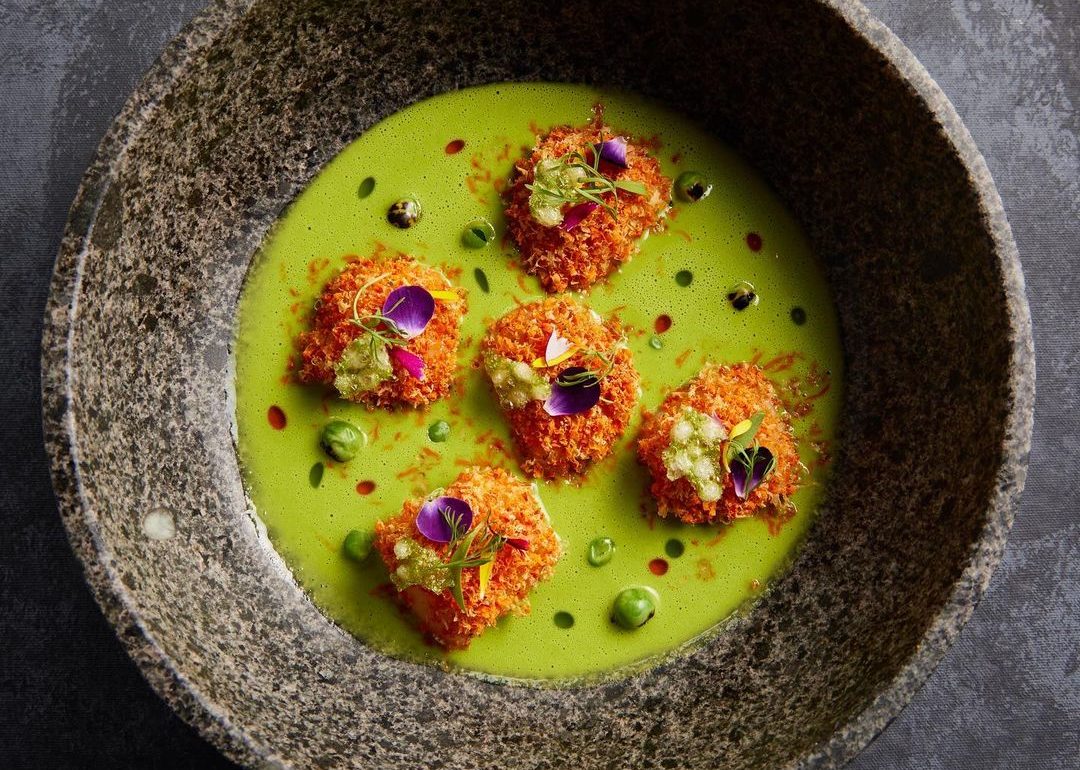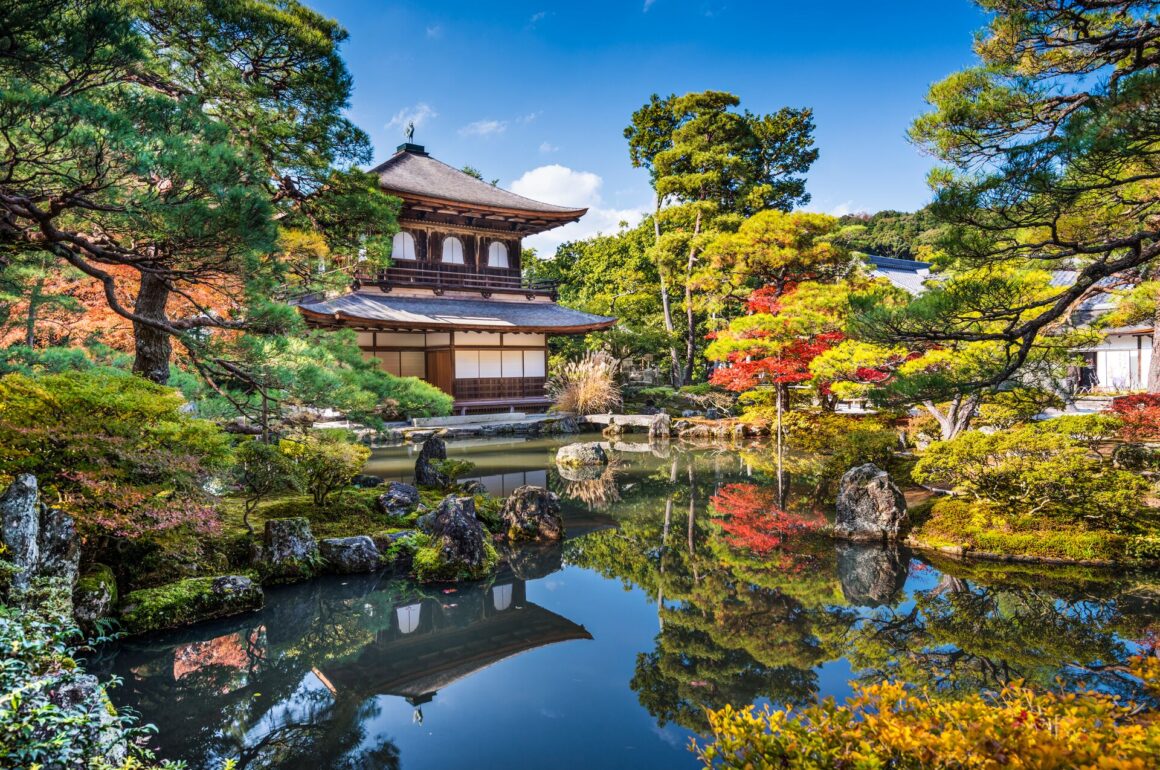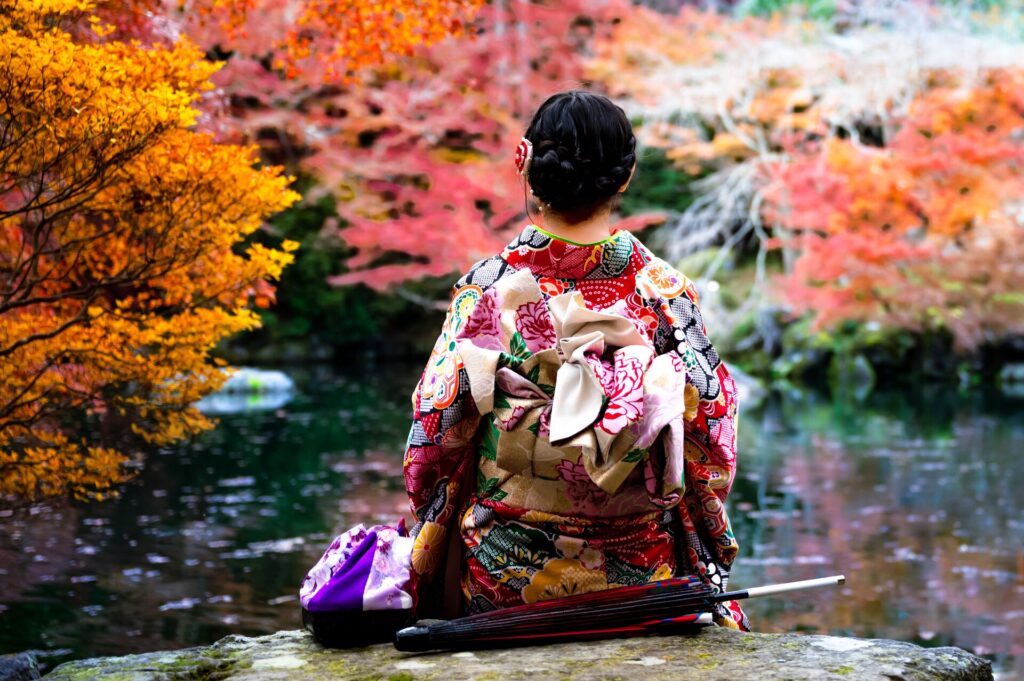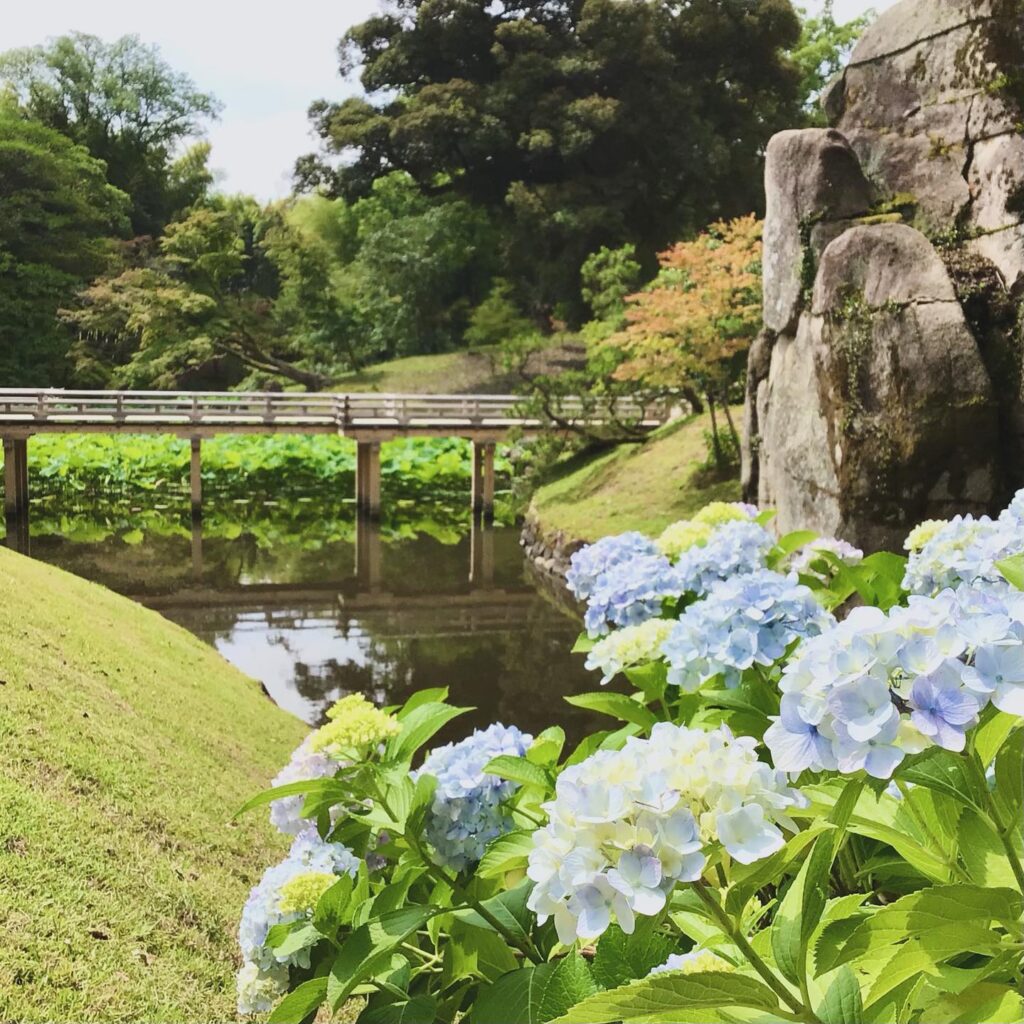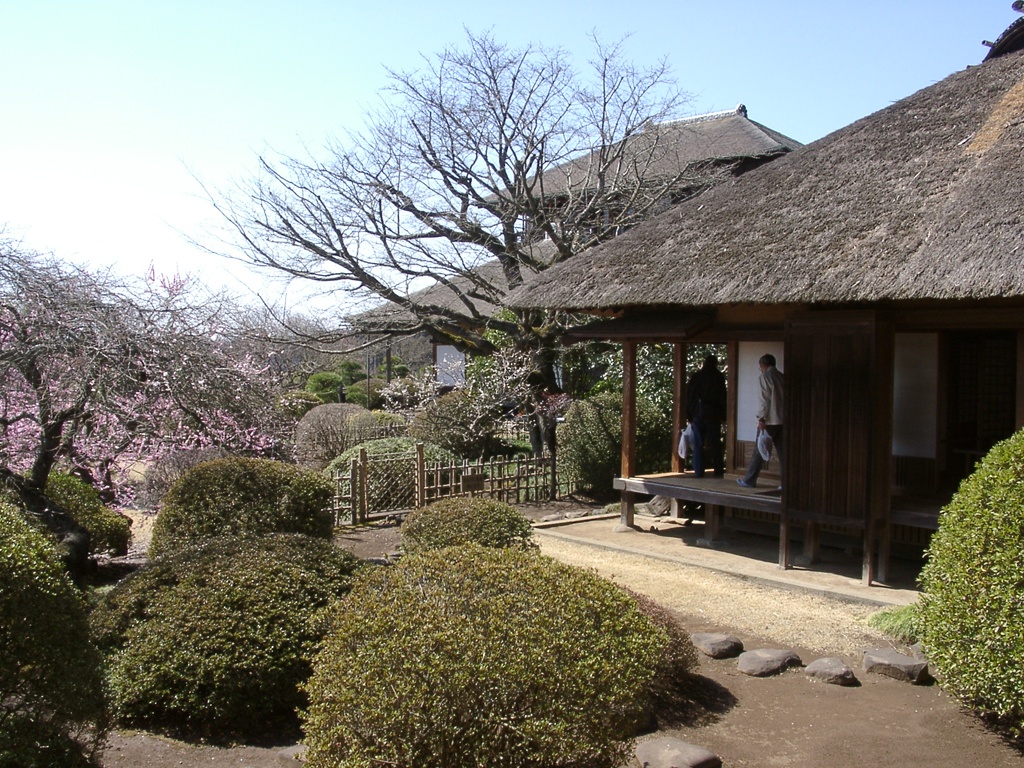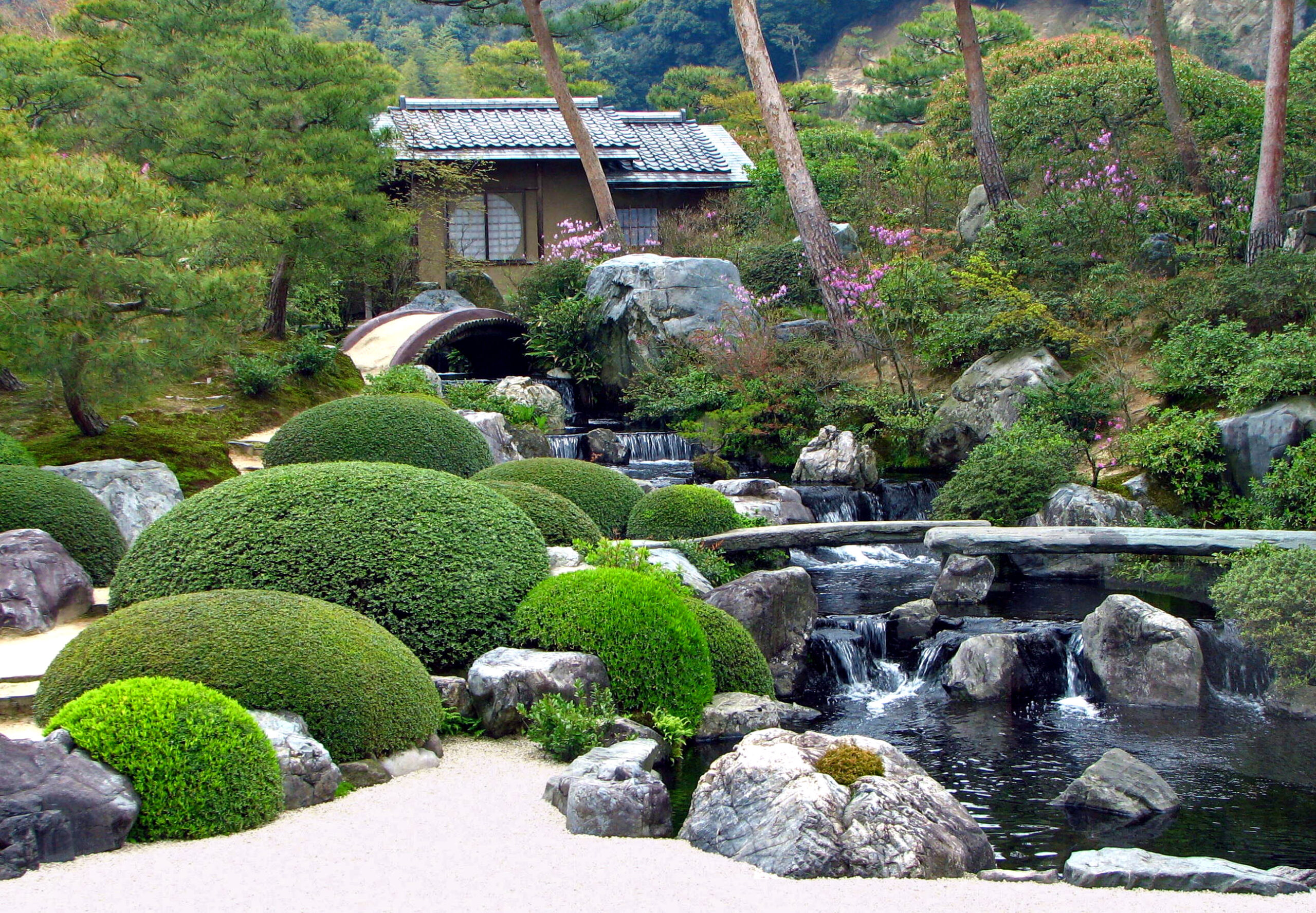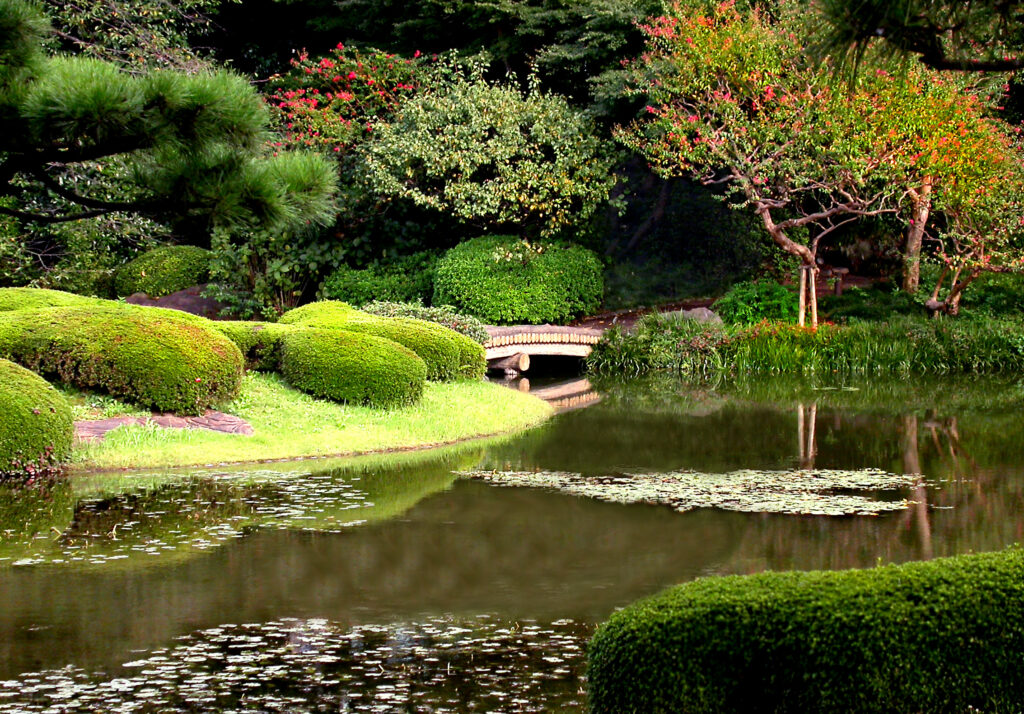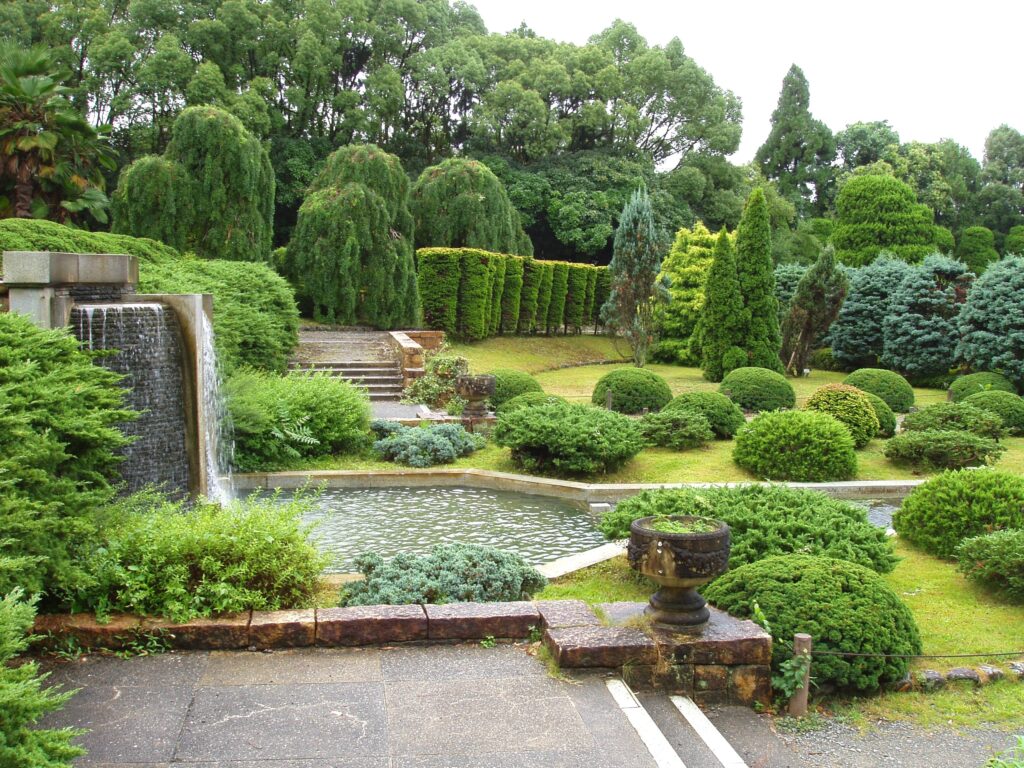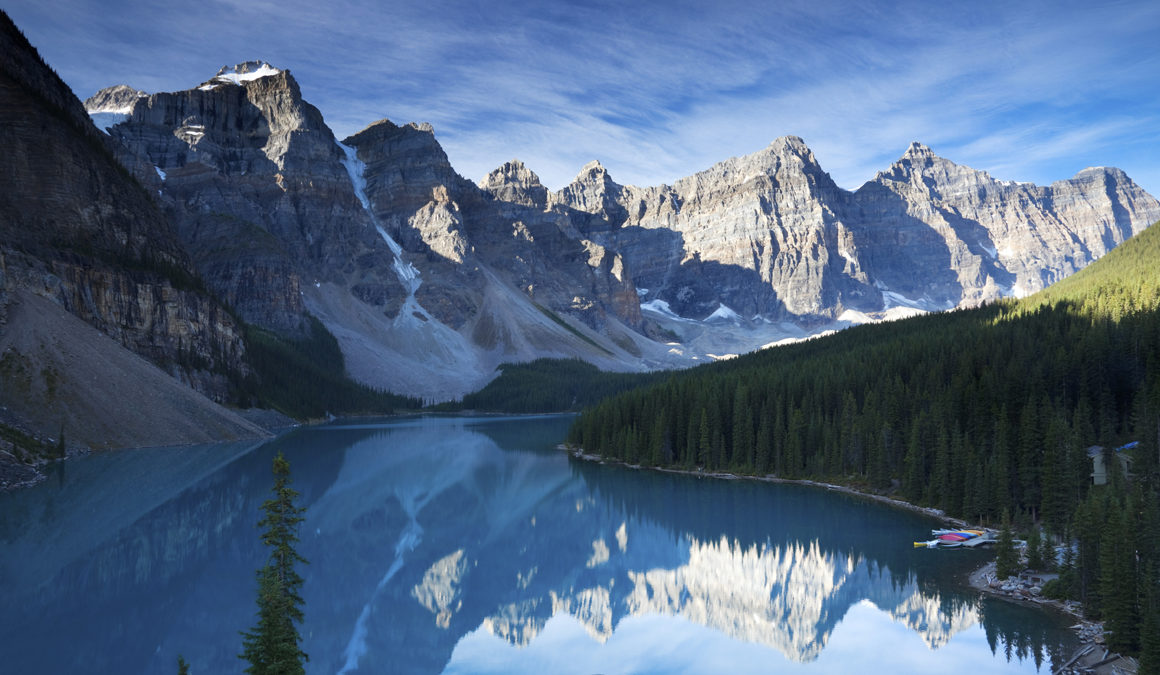Some of us have bucket lists, others have “to eat” lists – and these fine dining restaurants are some of the most ravishing places around the globe to share a meal. From experimental Scandi venues to classic Italian cuisine, via restaurants drawing on the indigenous and native plants and techniques of their country, you can count these 10 stops as a cultural experience in themselves.
Le Monzù, Capri, Italy
Perched on a dramatic cliff with sunset views, Le Monzù is a showstopper. A hotel restaurant in the Le-Corbusier-designed Punta Tragara hotel, it attracted one Michelin star in 2019. Now, head chef Antonio Pedana’s dainty take on Neapolitan and Caprese cuisine includes octopus ragu served on mezzipaccheri pasta, cuttlefish with sea urchins and green apple, and “milk and cookies”, a deconstructed biscuit dessert with hot and cold creamy foams. The eight-course Labyrinth of Flavors tasting menu will take you through the best of Padana’s creations. Luxury Gold clients get to visit Le Monzù on Day four of our Ultimate Italy journey.
La Colombe, Cape Town
The drive to this restaurant, on the Silvermist wine estate in Constantia, hints at the fine dining experience that awaits: a minimalist white conservatory, views of forested mountainside, and imaginative plates served on smooth-edge, shell-like ceramics. Head chef James Gaag crafts little canapes inspired by snacks from South Africa’s Cape Malay culture, followed by the signature “Tuna la Colombe” dish, unfurled in a tuna tin but revealing high-end seared Bluefin tuna with king crab and caviar. Dishes are inspired by Gaag’s travels and the wine list, naturally, is ample and strong on South African vintages.
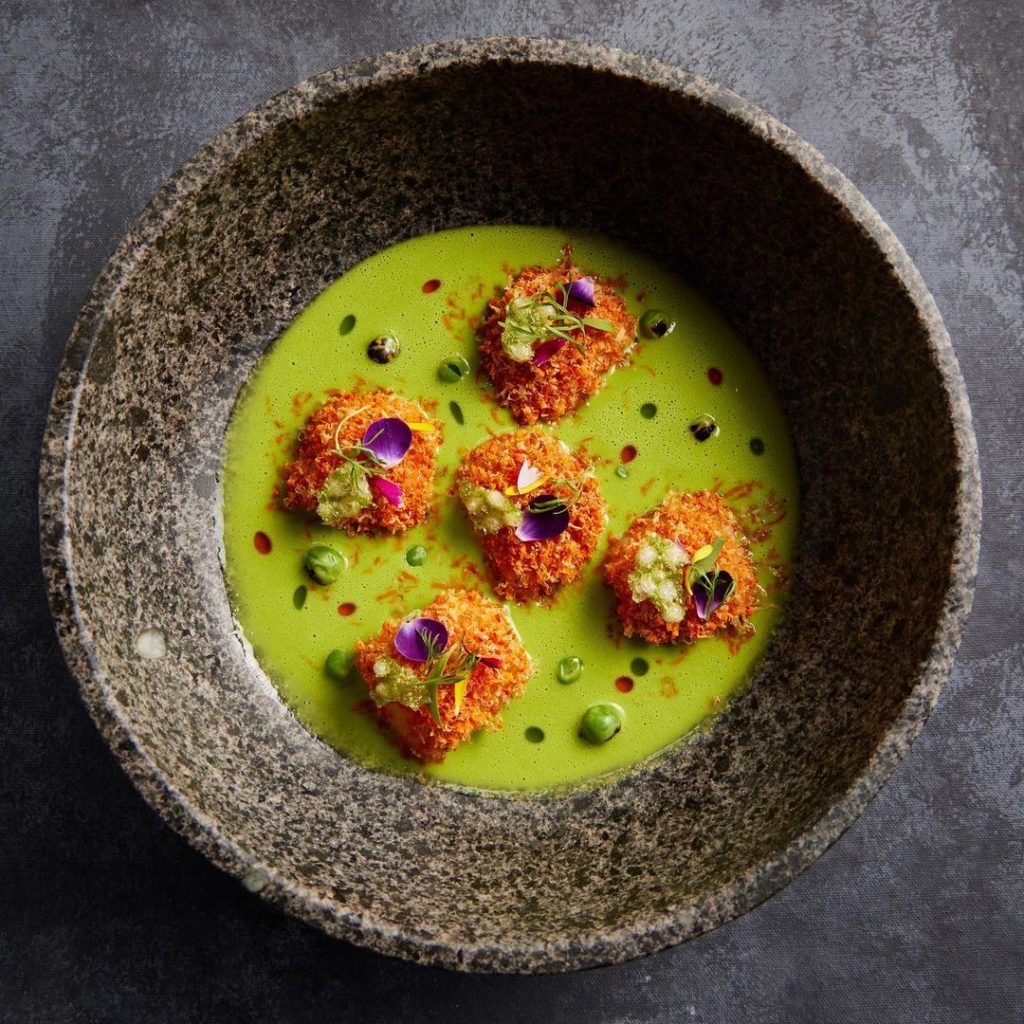
Food at Mayta restaurant, Lima, Peru
Alchemist, Copenhagen, Denmark
With two Michelin stars in one of Europe’s premier dining cities, Alchemist isn’t just a dinner, it’s a theatrical experience. Six hours, 50 bites, different locations around a labyrinthine industrial building, video screens on the ceiling… as fine dining restaurants go, it’s quite a head-spinner. You might eat freeze-dried butterflies (head chef Rasmus Munk is championing them as a future sustainable protein source) or what looks like a plate of plastic junk (but is actually grilled cod jaw with a “bag” made from dehydrated cod bouillon). There’s a strong sustainability message, but the performance trips through emotions, memory and even interpretive dance.
We also think you’ll like: How Do Restaurants Get Awarded a Michelin Star?
Mayta, Lima, Peru
A contemporary Peruvian restaurant in the country’s capital, Mayta takes plenty of inspiration from nature. Weaving native leaves, moss, rocks bark and flowers into the restaurant’s dish presentations, chef Jaime Pesaque conjures up dishes like scallop with leche de tigre, grilled eggplant in a smoky broth or Amazonian paiche fish cheeks in a rich glaze. This fine dining restaurant’s name means “Noble Land” in the indigenous Aymara language of the Andes, so it’s Peru’s heritage and character that’s being celebrated in its fine dining experience – all among nature-inspired interiors of plants and hanging baskets.
Belcanto, Lisbon
Portugal’s capital is an underrated fine-dining treasure trove, and this restaurant in the Bairro Alto district has the two Michelin stars to prove it. Helmed by chef José Avillez, the space itself is all wood-paneled, parquet-floored, mirrored grandeur, while the tasting menu reinvents several Portuguese classics. Among them are pot-au-feu, with meats, sausages and potatoes in a slow-simmered dish, and Avillez’s grandmother’s rice pudding. But also expect intriguing bites like crunchy seaweed with barnacles, or partridge escabeche.
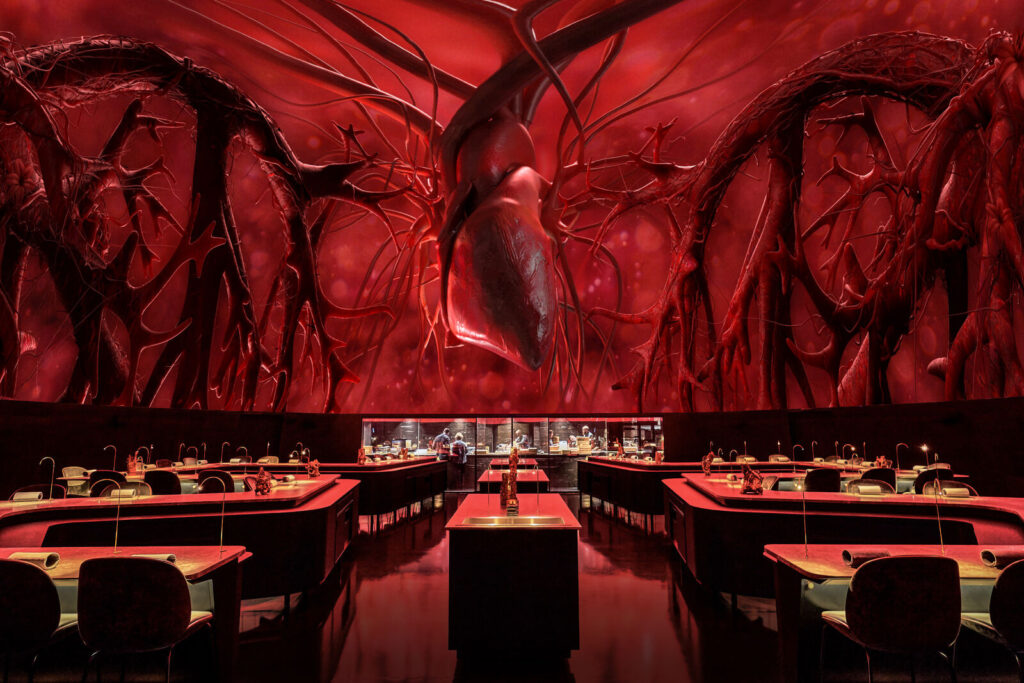
A “heartbeat” themed interior at Alchemist restaurant, Copenhagen
Oteque, Rio de Janeiro, Brazil
Atmospherically set in a 1930s house in Rio, this restaurant from Japanese-Brazilian chef Alberto Landgraf is all about fish and seafood. Oysters with brazil-nut milk and green apple, monkfish with burrata, glazed turbot, sea urchin with mussel cream… let’s just say you have to love the fruits of the sea to get on board with this one. Styled with Japanese flair and the star of the show might be the venue’s playlist: a grunge-rock riot of Smashing Pumpkins, Pink Floyd and Judas Priest you won’t find in most fine dining restaurants.
We also think you’ll like: 11 of the Best Sustainable Fine Dining Restaurants in the World
DiverXO, Madrid, Spain
With ice-white interiors, dramatic curtained tables and wacky art, this avant-garde Madrid restaurant has no less than three Michelin stars. The dining room feels like a blank canvas for the colourful cuisine that emerges from the kitchen: head chef Dabiz Muñoz spins stories across a 26-course menu that might include mini caviar curries with sauces in miniature pans, beef rib soup dumplings or coconut ganache with black garlic. Quirky animal sculptures and figurines from flying pigs to chrome ants set the tone for something weird but wonderful.
Frantzen, Stockholm, Sweden
Frantzen’s head chef, Bjorn Frantzen, was a chef in the Swedish army before taking on the fine dining world. Here he creates New Nordic cuisine with Japanese and French elements across a three-floor dining room of dreams: canapes are served in a comfy lounge before you’re shown to a chilled counter, with all the ingredients that will be used in your tasting menu on display. One of the more expensive menus on this list, it’s not for the faint hearted, but whimsical dishes include a truffled French toast, pumpkin macaron with foie gras and pork chawanmushi (a Japanese egg custard). Wine list connoisseurs will also appreciate the thousand or so wines on offer.
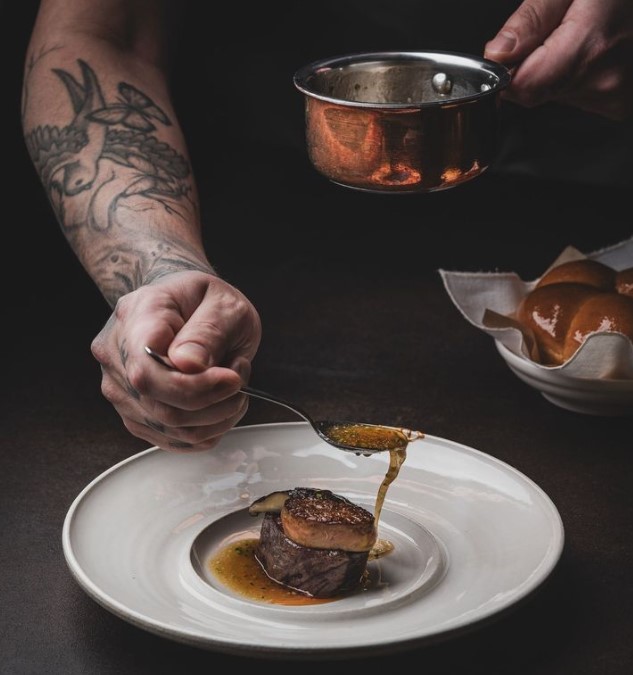
@restaurantfrantzen / Instagram
Den, Tokyo, Japan
One of the best restaurants in Tokyo, this creative spot recently earned a Michelin Green Star for its sustainability efforts, on top of the two Michelin stars it already held. The “Dentucky Fried Chicken” is probably the most famous dish, a deep-fried chicken-wing dumpling with sticky rice and chicken ginseng soup, served in a faux takeaway carton. But there’s plenty more to this modern update on the traditional Japanese kaiseki form, including clay-pot-cooked rice and bamboo shoots cooked two ways. The dining room is small and minimalist, with a counter facing the open kitchen. Chef Zaiyu Hasegawa says his main goal is “to make others happy”, and you’re sure to leave with a smile on your face.
Don Julio, Buenos Aires, Argentina
Not all fine dining restaurants are futuristic spaceships of white and chrome: this traditional Buenos Aires parrilla (steakhouse) has a classic green-striped canopy and a cosy, brick-lined dining room trimmed with wine bottles. It’s all about the meat here: different cuts of steak, morcilla blood sausage, provoleta cheese and even vegetables cooked on the vast, smoky parrilla grill. The wine list draws on a 60,000-strong cellar and owner-chef Pablo Rivero has done great work when it comes to sourcing sustainable beef and working with the Argentinian cattle farming world. The olde-worlde looks mean it has atmosphere in spades. All of this adds up to one Michelin star, well deserved.
We also think you’ll like: This Country Takes the Crown for the Most Michelin Starred Restaurants in 2024



